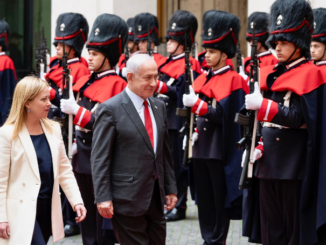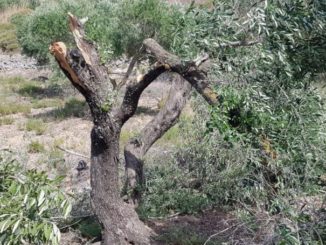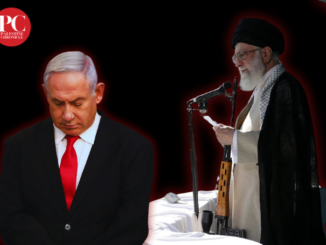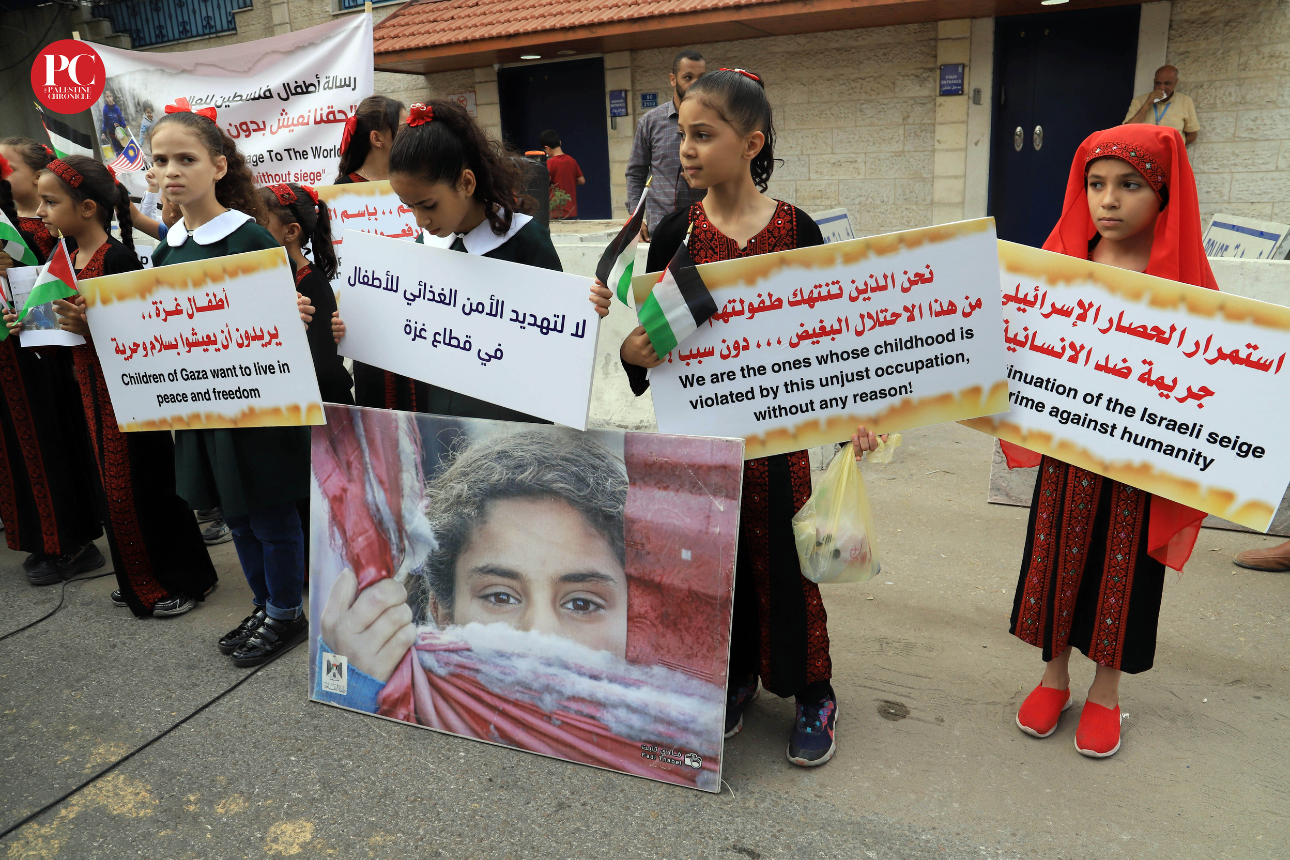
By Mahmoud Ajjour in Gaza & Romana Rubeo
They were not born when Mohammed al-Durra was killed, and they were not even alive when the Israeli siege was imposed on Gaza. But these children fully understand this history, because they are living it.
None of the children who took part in the ‘Break the Siege’ protest in Gaza on Sunday, were born 17 years ago when the Israeli blockade was first imposed.
Yet, they still fully understand what a ‘siege’ is, because of what their families, neighbors and communities experience on a daily basis.
Gaza lives in perpetual poverty because of the siege, with unemployment affecting nearly half of the overall struggling population.
In other words, half of the children pictured below come from families that have no real income.
But absolute poverty is not the only enemy of these children, nor is the fact that they have never been allowed to leave the tiny Gaza Strip, the total size of which is 365 square kilometers – approx. 181 square miles.
The blockade, imposed in earnest since 2006, was ‘interrupted’ repeatedly by Israeli wars that killed thousands, including countless children.
The blockade means having no chance to reach better-equipped hospitals, travel to West Bank universities, meet relatives, worship freely, and much more.
The mental element of the siege is as horrific as the physical one.
These children gathered in front of a United Nations office in Gaza, marking October 1 as the Arab Children’s Day.
The day was purposely designated to honor a young Palestinian boy, Mohammed al-Durra, who was killed by the Israeli military in Gaza during the Second Palestinian Uprising in 2000.
The Arab League Educational, Cultural and Scientific Organization (ALESCO’s) website said that the day was “proclaimed by the League of Arab States to be commemorated on October 1st of each year, the day on which the twelve-year-old Palestinian child, Muhammad Al-Durrah, was martyred by the Israeli occupying forces.”
“The Arab Children’s Day offers a renewed opportunity to draw attention to the sufferings endured by Palestinian children under the Israeli occupation which has placed various barriers to restrict their right to education,” it added.
Since the intentional killing of al-Durra, while his father was desperately trying to protect him from Israeli bullets, hundreds of Palestinian children were killed.
Now, a new generation of children are learning the language of resilience, Sumud, that kept their people’s cause alive over the years.
“Children of Gaza want to live in peace and freedom,” one sign read, carried by a 12-year-old girl, wearing a green and white school uniform.
“We are the ones whose childhood was violated by this unjust occupation without any reason,” read another, by another girl wearing a traditional Palestinian thoub.
The Palestine Chronicle attended their protest, and spoke to the children and the organizers of the event.
They insisted that Mohammed al-Durra’s memory will never fade, even after the siege is over.
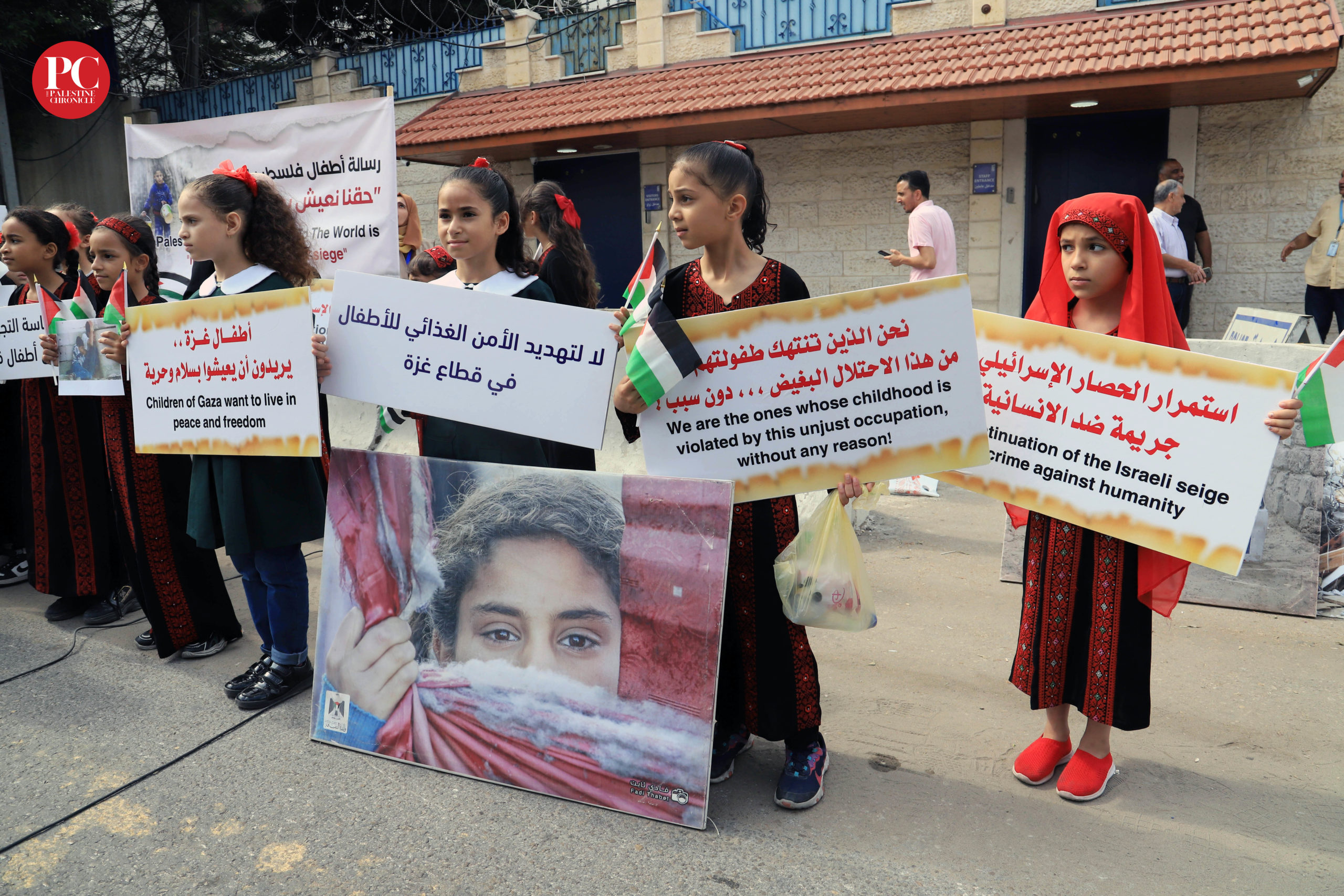
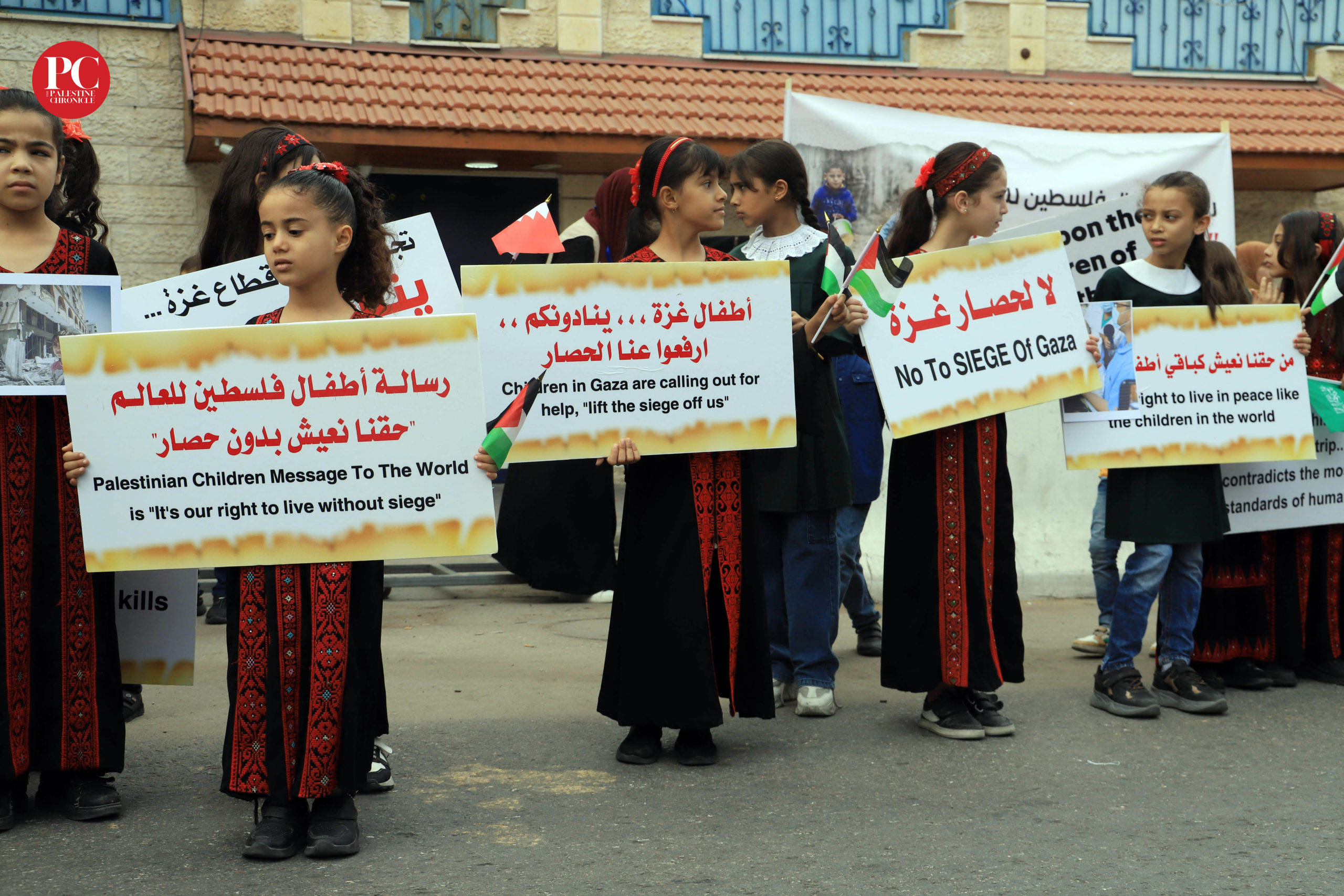
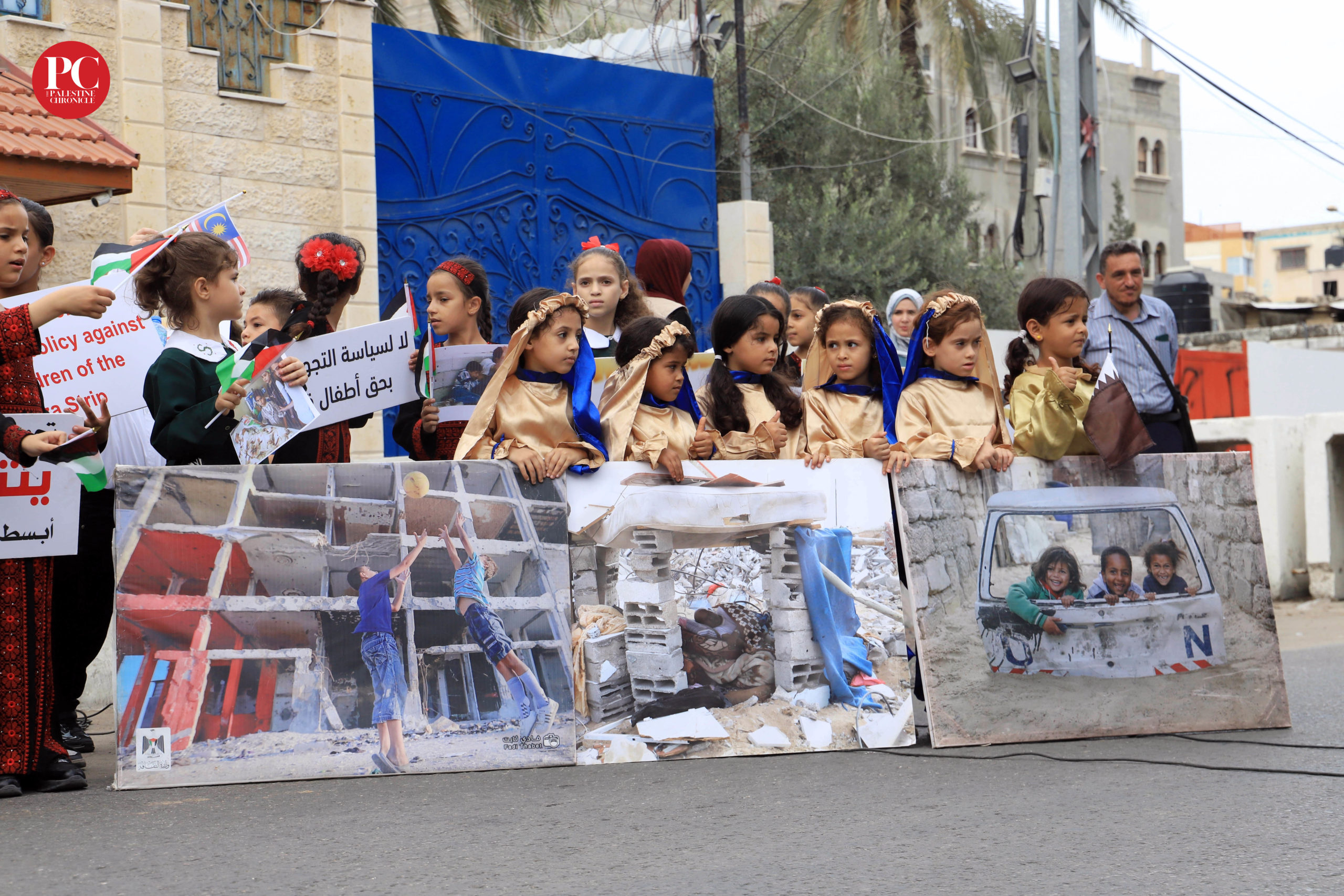

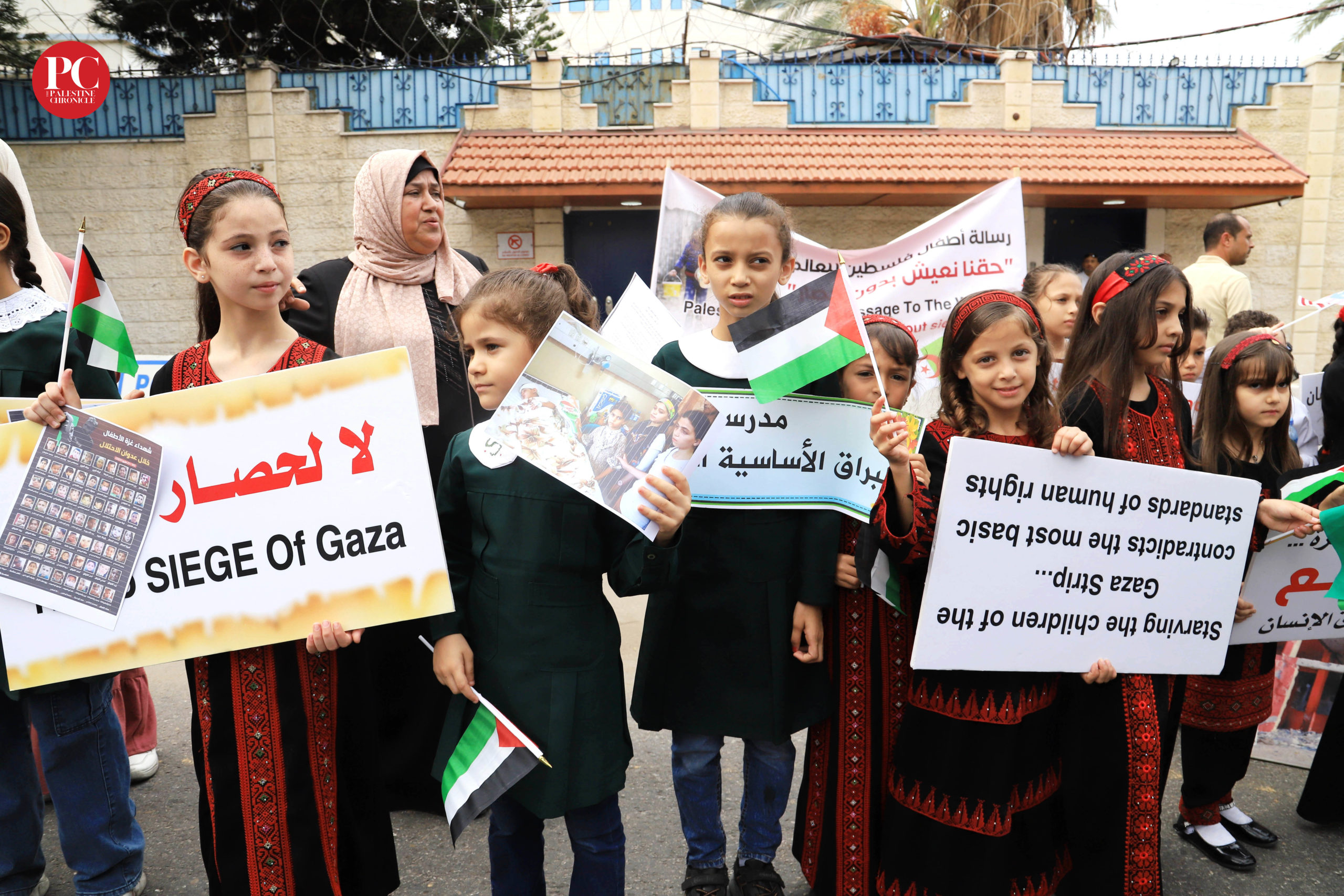
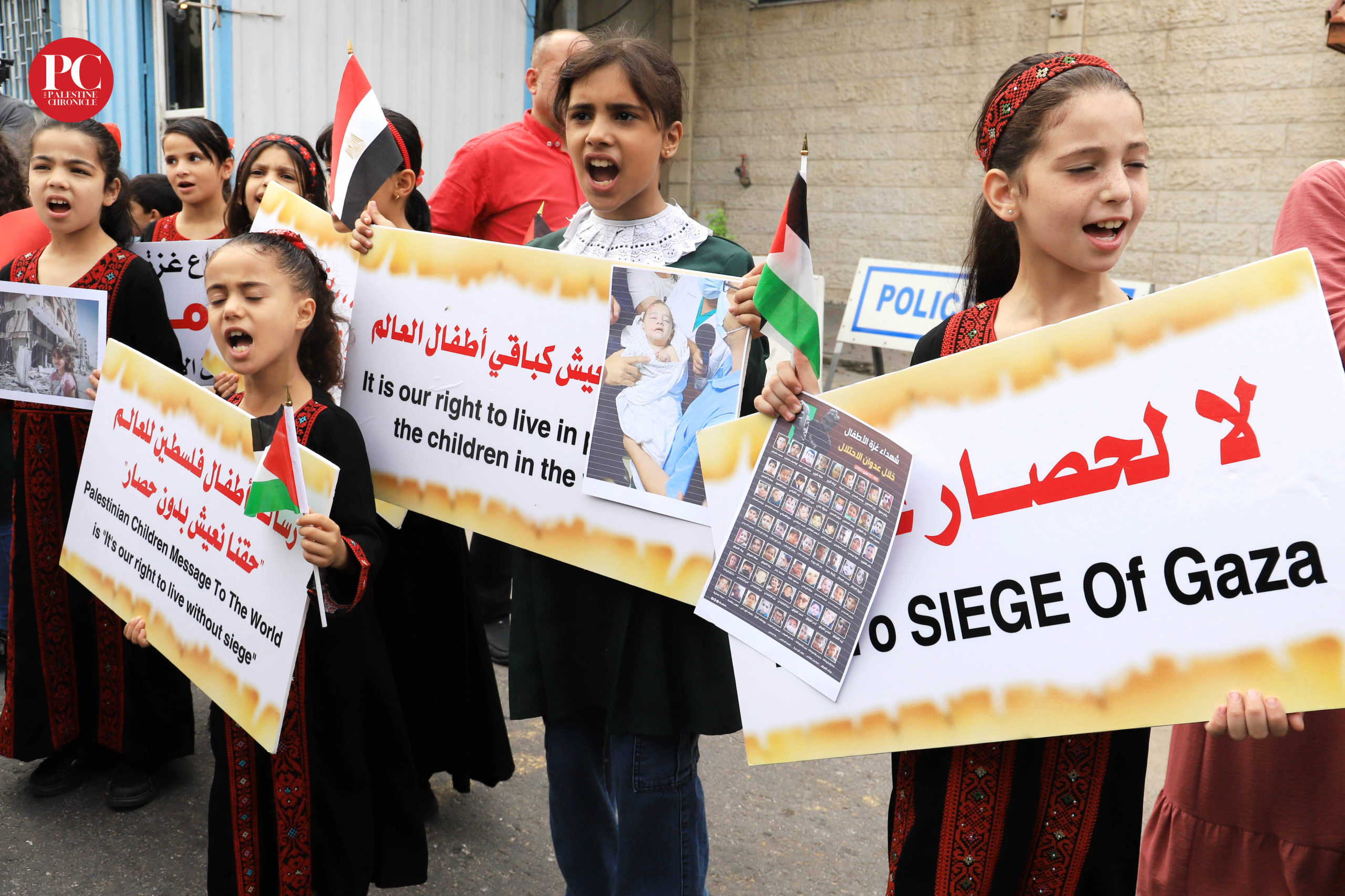
(All Photos: Mahmoud Ajjour, The Palestine Chronicle)



